Tran Vu Temple Festival is an occasion to pay tribute to Saint Huyen Thien Tran Vu, the god of water and flood control in the spiritual beliefs of our people. The festival recreates unique traditional cultural features, expressing the aspirations of the people praying for favorable weather, good crops, a full, prosperous and happy life.
The festival also contributes to strengthening national unity, always looking back to the roots, and is a placeto educate historical and cultural traditions for future generations.
Tran Vu Temple was recognized as a national monument in 1990. |
Introducing the festival, Mr. Nguyen Quang Khai, Head of the Tran Vu Temple Relic Management Board, said: During the time King Le Thanh Tong went to conquer the south, he stationed troops here and the King received a dream in which the Holy Ancestor helped him defeat the enemy.
To commemorate the Saint’s merits, the king ordered the local people to build a temple. The wooden statue and tablet were inscribed with golden letters “Hien linh Tran Vu quan”.
Tran Vu Temple has undergone many renovations, and was completely rebuilt during the Nguyen Dynasty. It currently houses the Huyen Thien Tran Vu statue, which is recognized as a national treasure. The monolithic bronze statue was crafted around the 18th century, is over 4m high, and weighs over 4,000kg.
Ritual at the communal house yard. |
One of the unique cultural values of the Tran Vu Temple Traditional Festival is the "Sitting Tug of War" ritual - a long-standing social and religious custom in the Cu Linh village festival, Thach Ban commune, Gia Lam district (now Ngoc Tri cluster, Thach Ban ward, Long Bien district).
After the ceremony, the tug-of-war pole is raised three times by the team captains to raise the morale and spirit of the participants. |
The tug of war teams bring the ropes to the tug of war arena. . |
Legend has it that in the past, Thach Ban ward had 12 wells. In a drought year, 11 wells ran out of water, leaving only the well in Dia hamlet. The boys from Duong hamlet and Cho hamlet went to the well to fetch water for use. Dia hamlet was afraid of running out of water so they did not let them take it. At that time, water was carried on a basket made of bamboo rope. The two sides tugged at each other to carry the basket. Because they were afraid of spilling the water, both sides sat on the ground and held the water bucket. From the act of sitting and tugging at each other to hold the water bucket, the people in the area created the sitting tug of war festival. The tug of war rope is made of bamboo rope, 30 to 40m long, threaded through a lim wood pole buried in the ground, and the parties sit on the ground to tug of war.
Thread the twine through the post before pulling. |
The people in the front row used their feet to kick the ironwood pole to secure their position. |
In a tug of war competition, the drummer who controls the match is indispensable, called the "Tien Thu Chi". |
The criteria for selecting a tug of war player is that the family has lived in the village for many generations and has a good family background and upbringing. Son-in-laws in the village are not allowed to participate. |
The unique point is that although each side has a tug-of-war team, no matter which side the people are from, they all hope that the Duong team will win. Because the people here believe that if the Duong team (the core farming community) wins, it means that the villagers will have a good year, with a good harvest and good health. |
The sitting tug of war ritual at Tran Vu temple was recognized as a national intangible cultural heritage in 2014. In 2018, UNESCO awarded a certificate of recognition of the Tug of War Ritual and Games as a representative intangible cultural heritage of humanity to 4 provinces and cities: Lao Cai, Vinh Phuc, Bac Ninh, Hanoi ; including "Sitting tug of war" of Tran Vu temple, Thach Ban ward (Long Bien district, Hanoi city).
Many people and tourists from all over came to watch and cheer for the teams. |
The player is highly focused. |
This year the tug of war team from Duong district continued to win first prize. |
The sitting tug of war ritual at Tran Vu Temple is a typical example of the role of the community in protecting and promoting heritage values. It can be said that here the community has done a very good job of identifying heritage values and implementing measures to ensure the vitality of the heritage spread in social life. In this festival, we can clearly see that the community has systematically organized the sitting tug of war ritual, playing a key role in forming the ritual.
(Ms. Le Thi Minh Ly, Vice President of Vietnam Cultural Heritage Association)
Source: https://nhandan.vn/tung-bung-le-hoi-truyen-thong-den-tran-vu-post869022.html


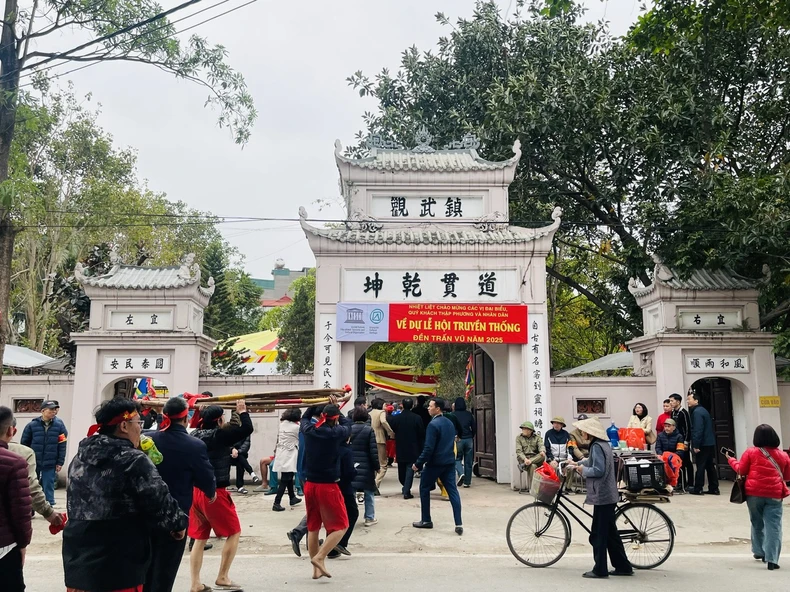
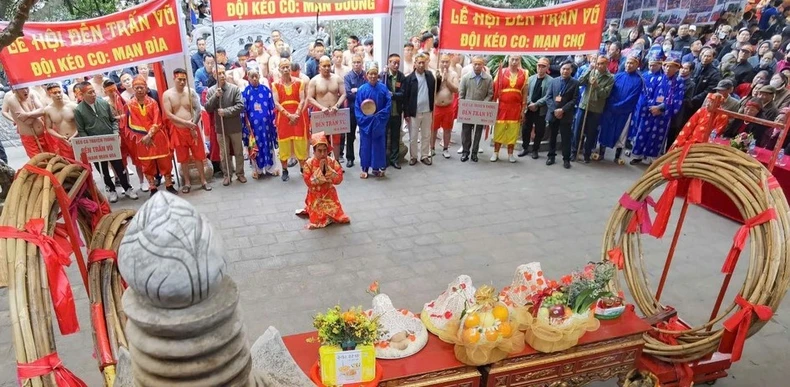
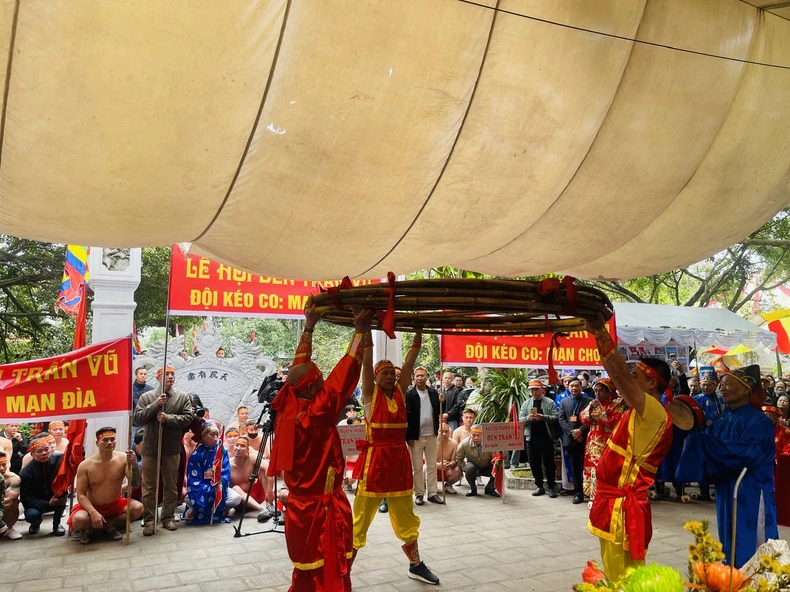
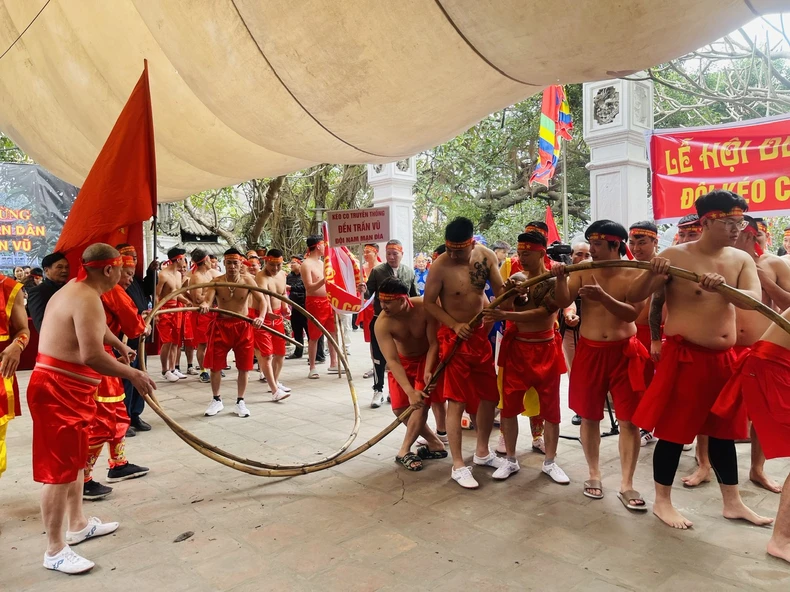

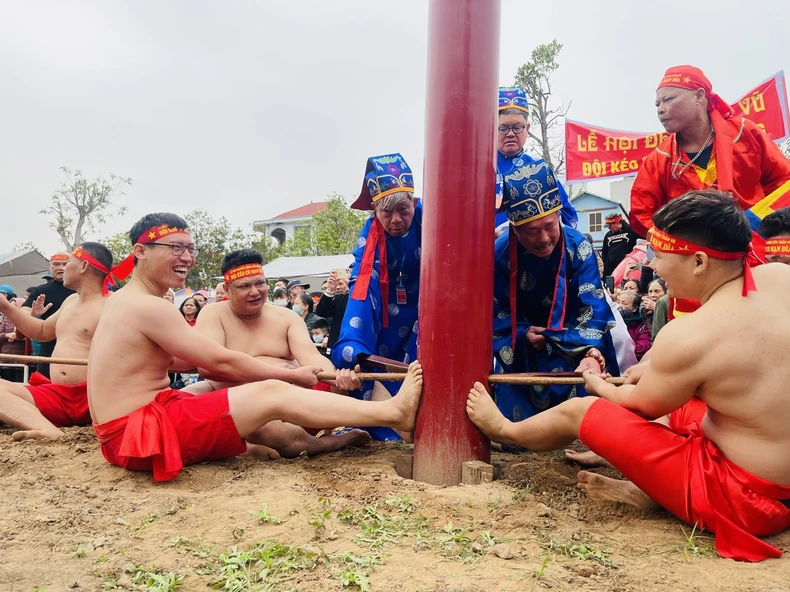
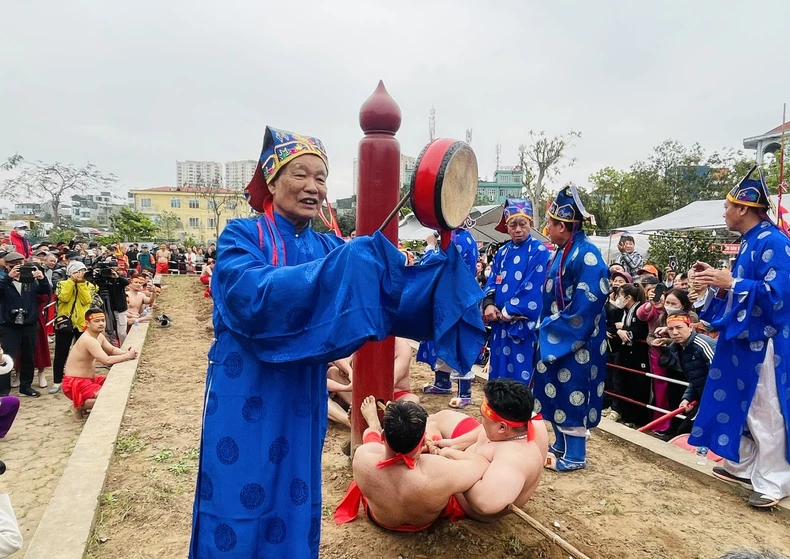
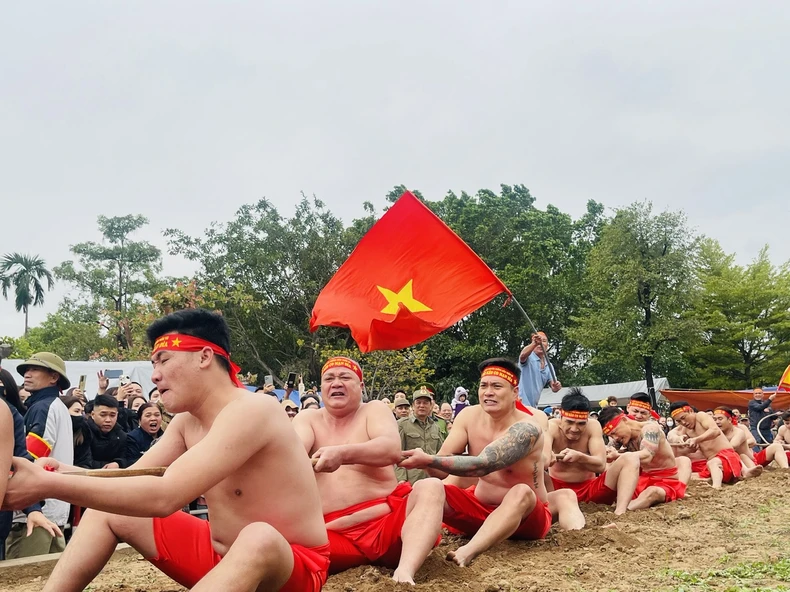
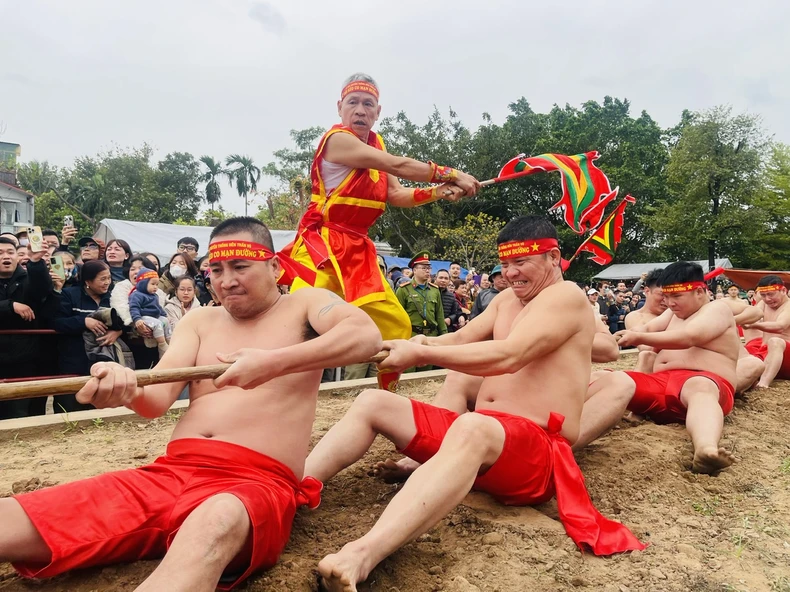
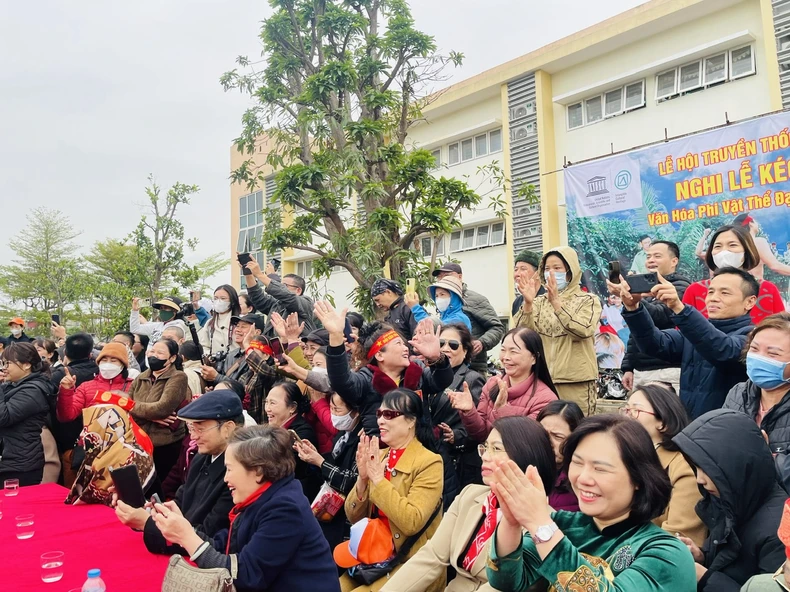
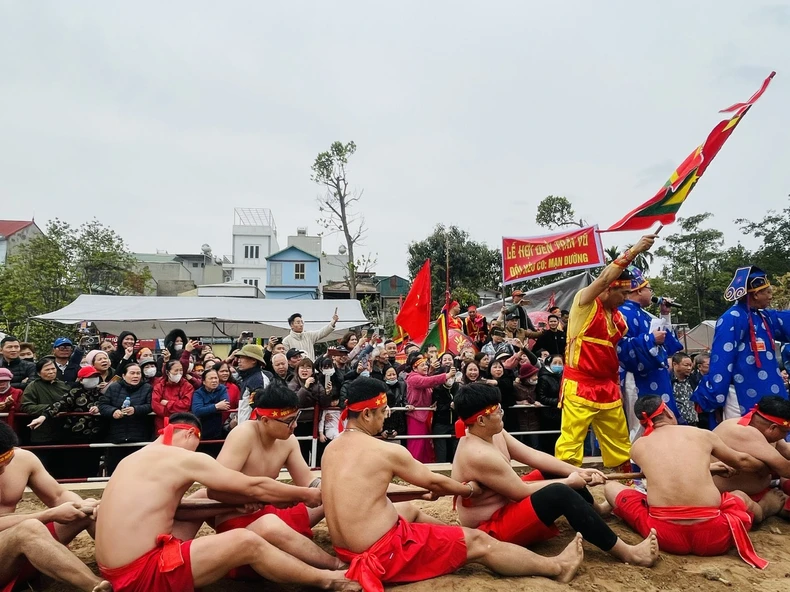
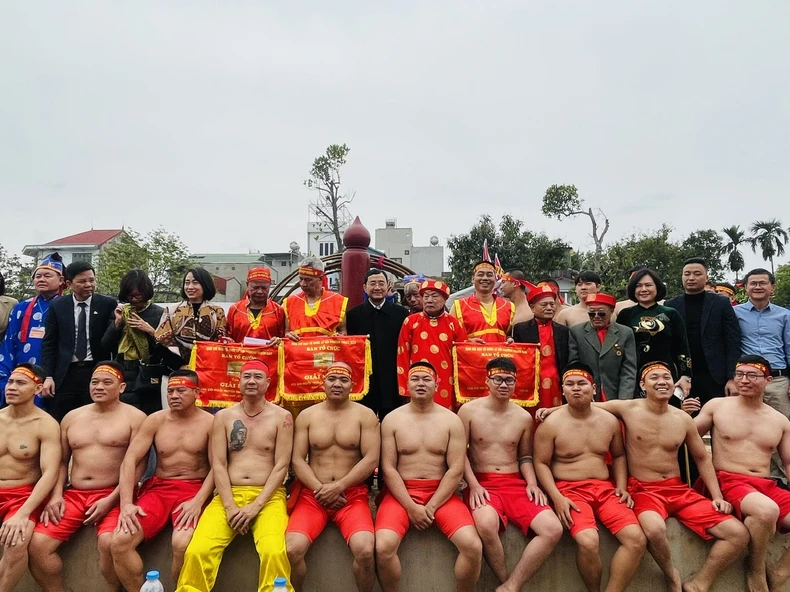
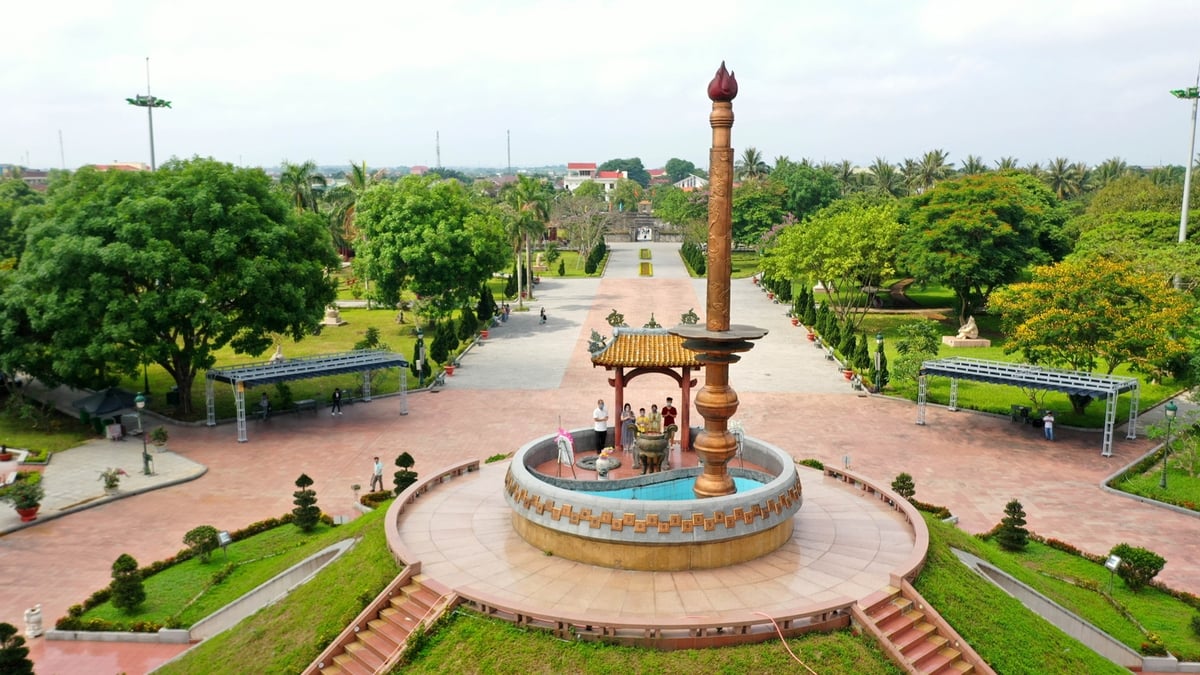


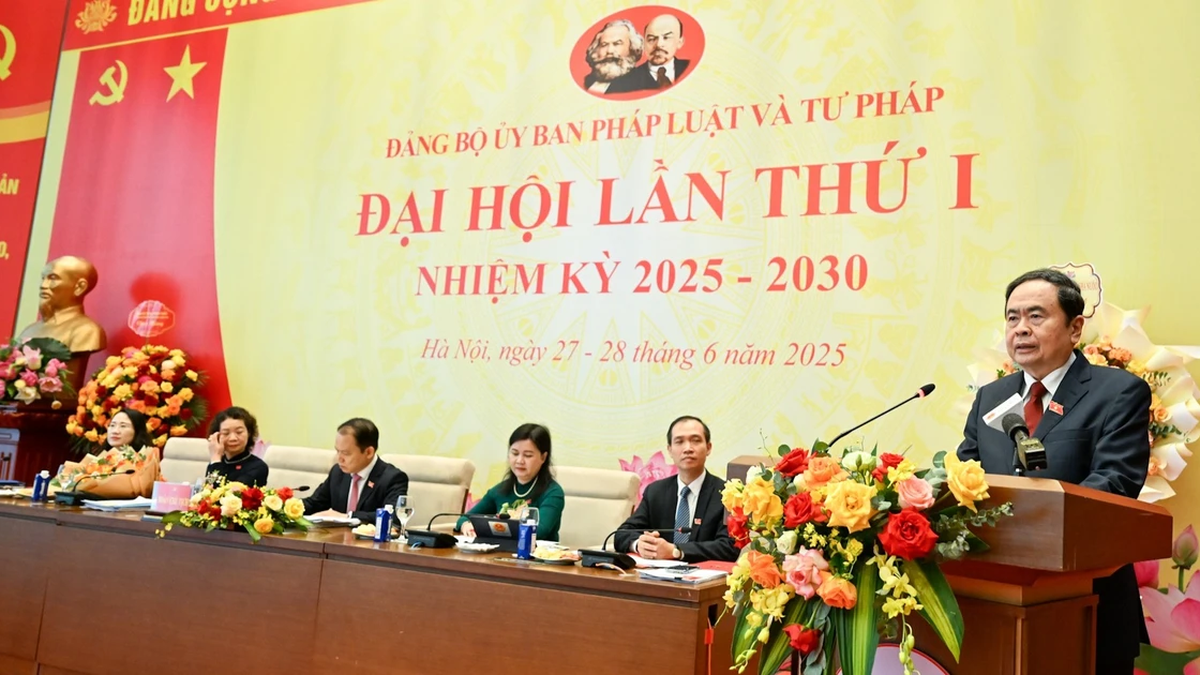






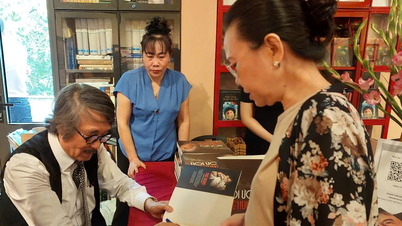


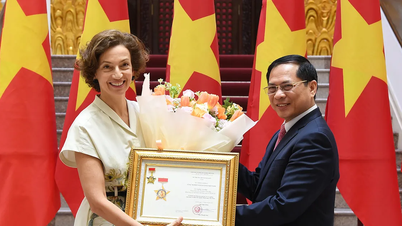
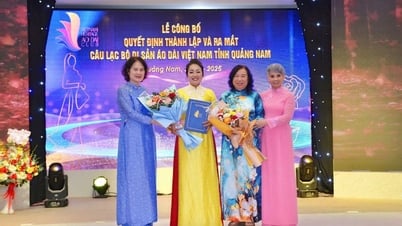







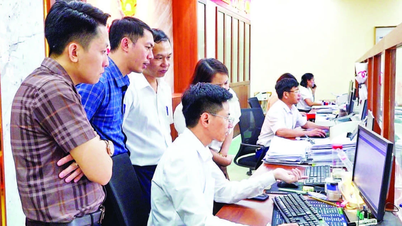
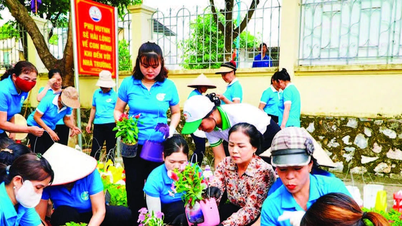




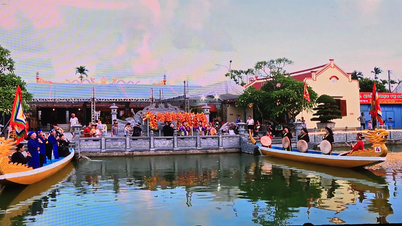

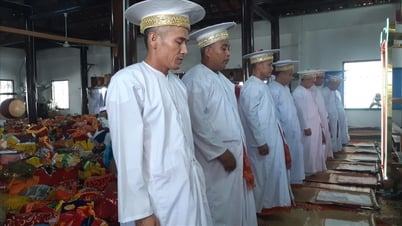

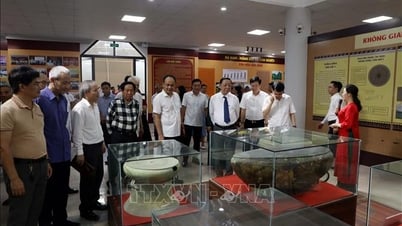

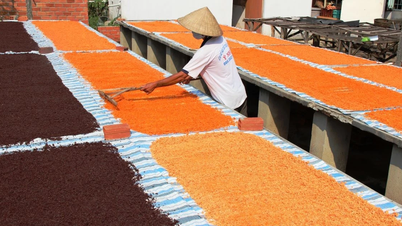
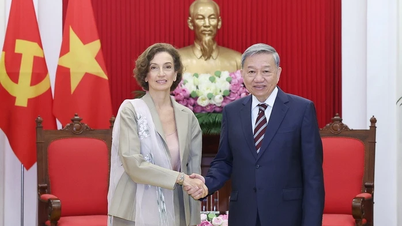

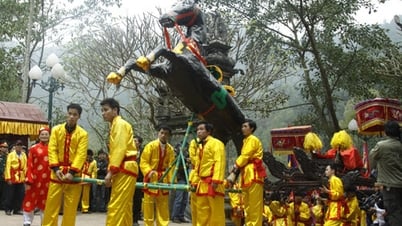
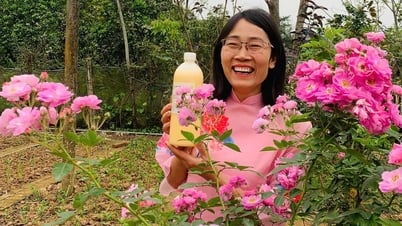
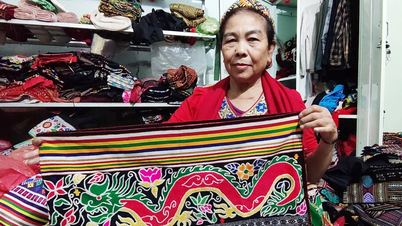










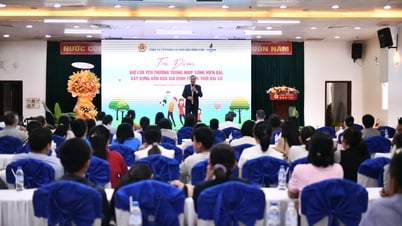

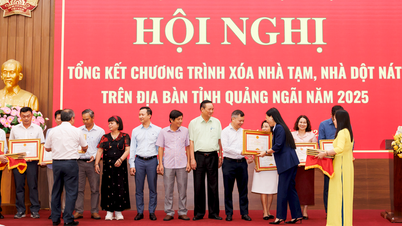




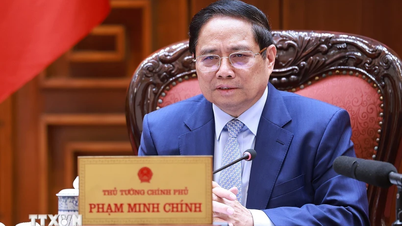

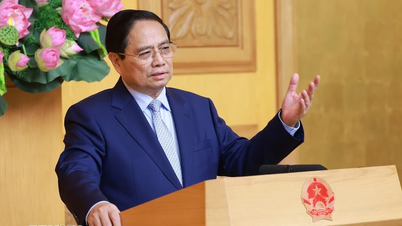

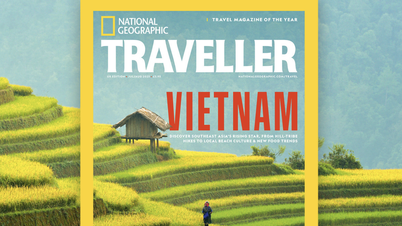


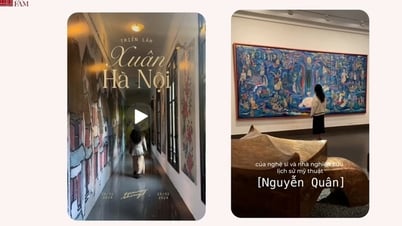



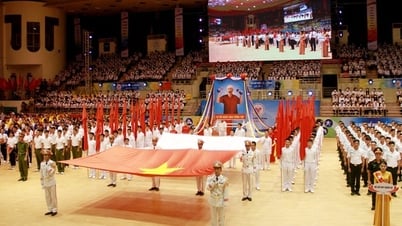
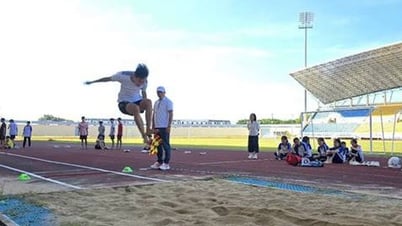



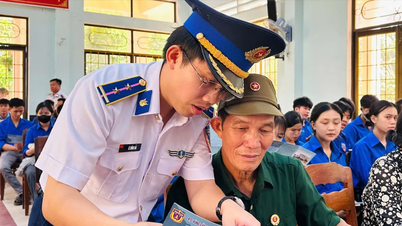







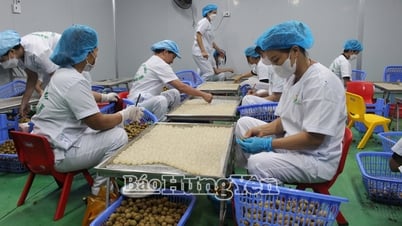

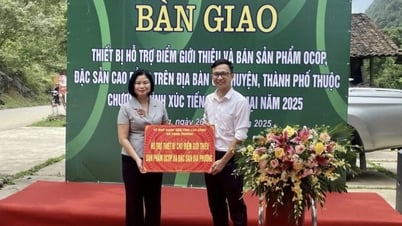

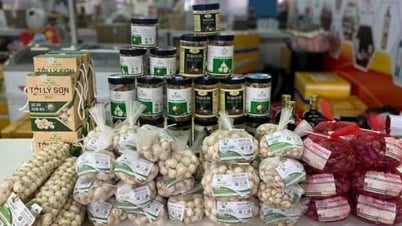

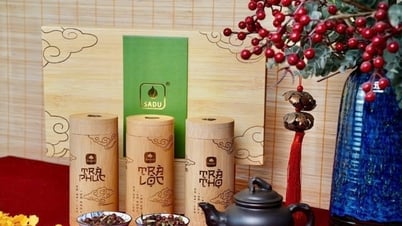
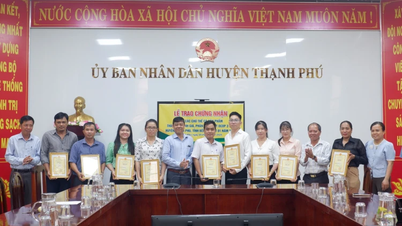




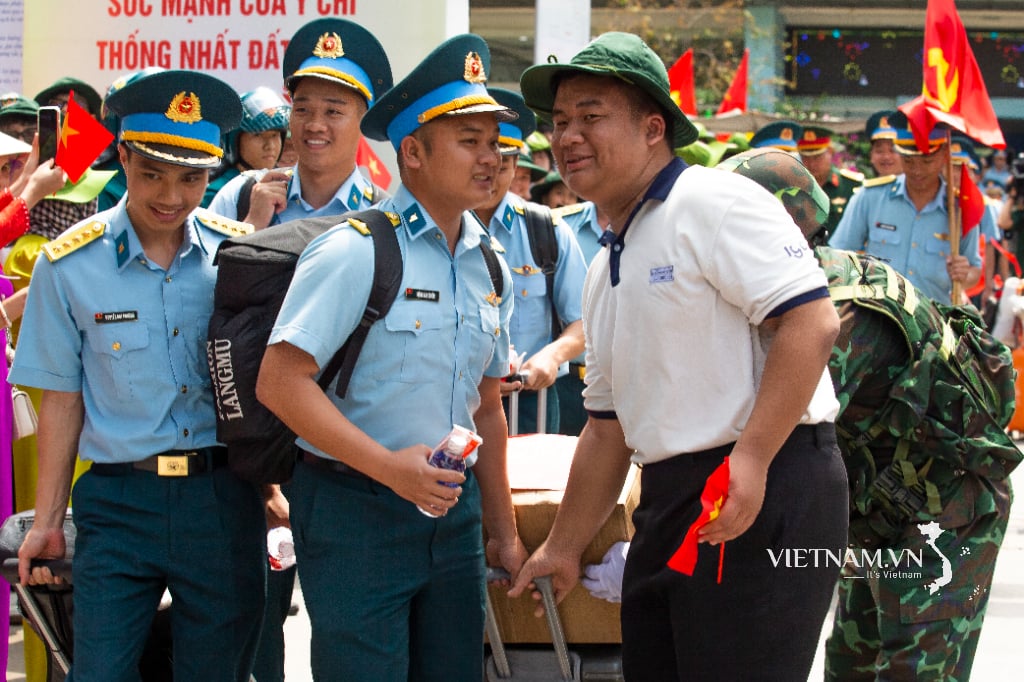
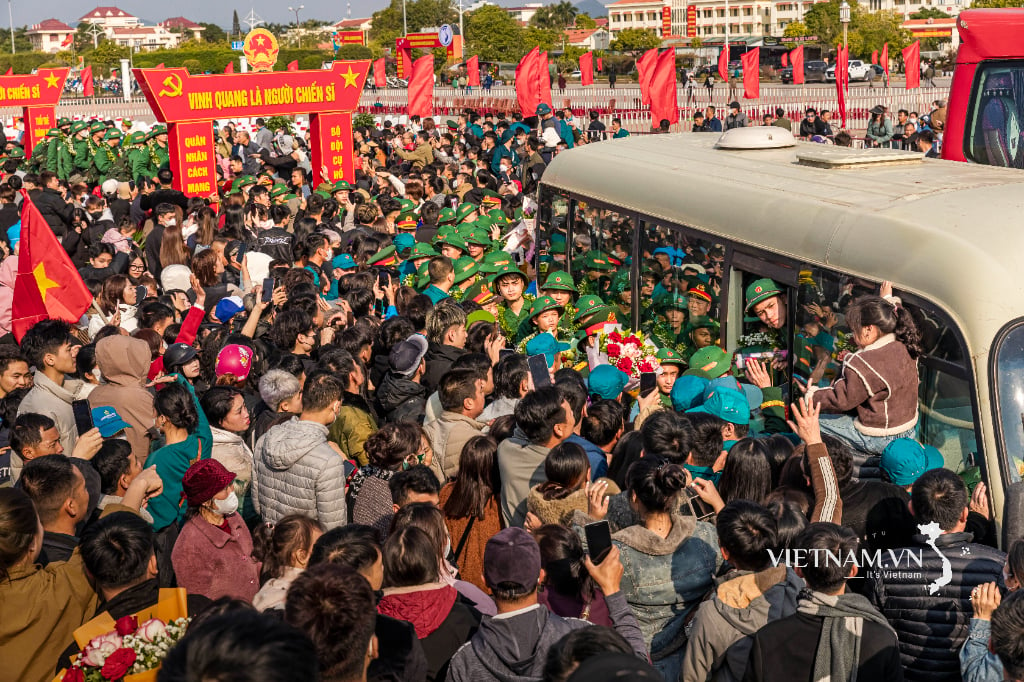
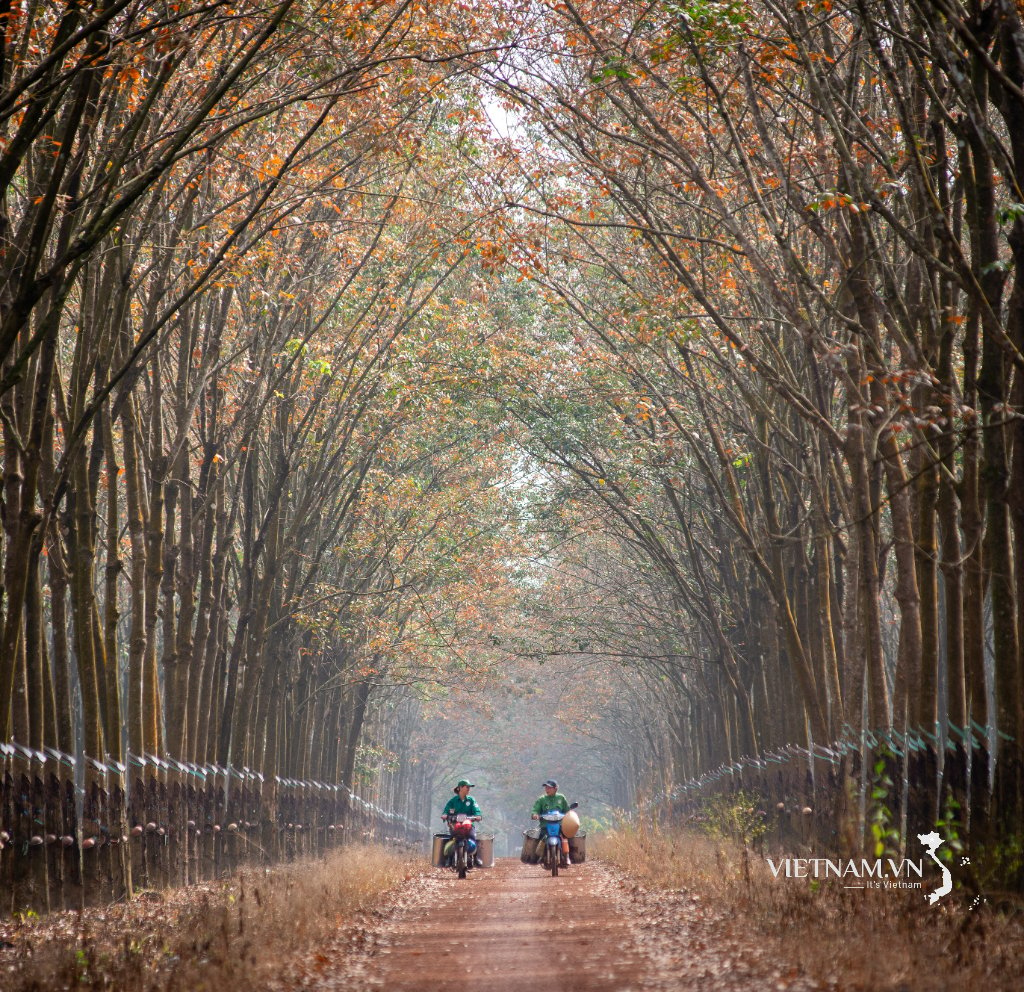
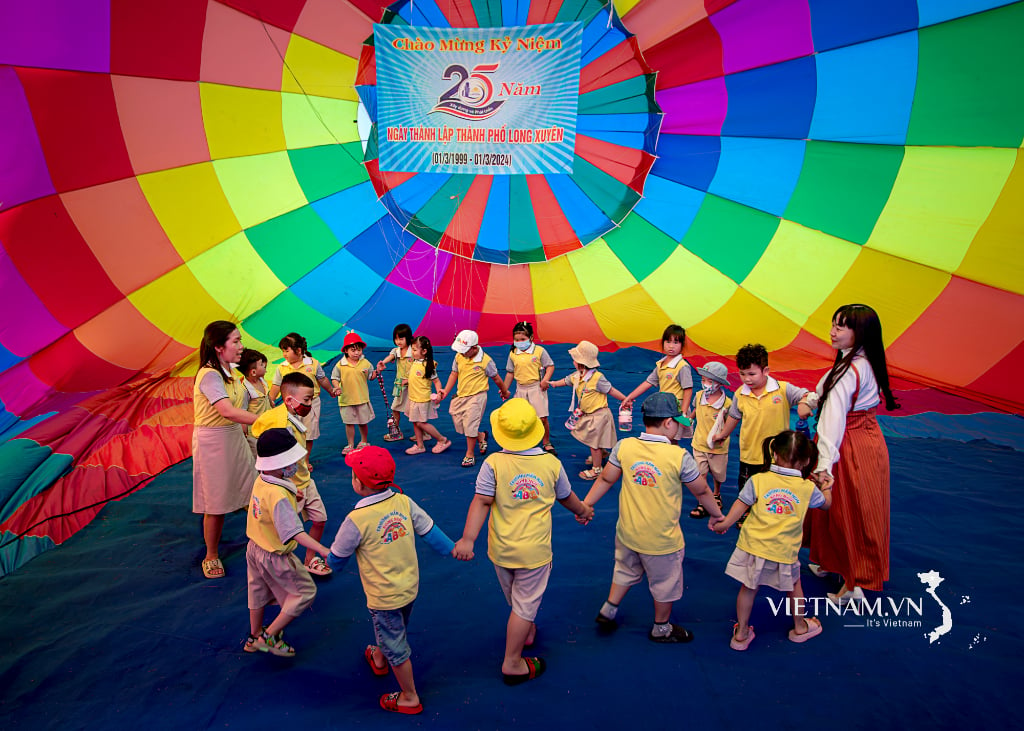
Comment (0)